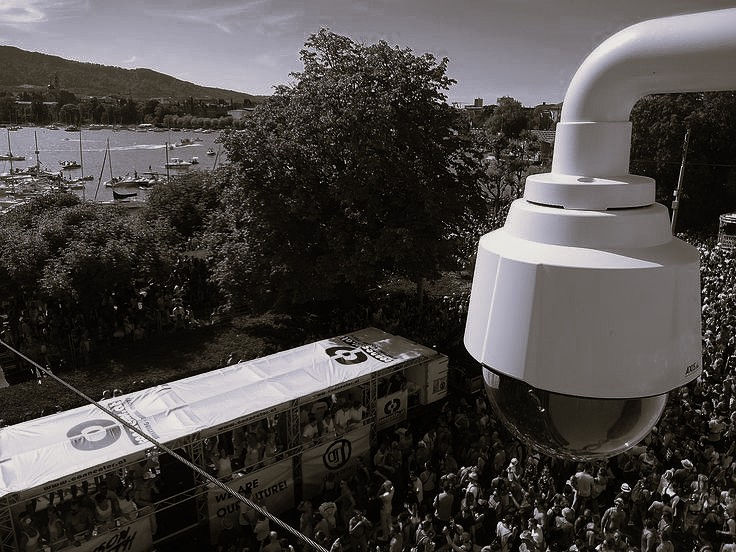The Role of Secure Transportation in Executive Protection Plans
- PPSGroup
- May 28
- 3 min read
Updated: Jul 23
Executive protection is a multifaceted discipline that extends well beyond the presence of personal security officers. One of the most essential components of any comprehensive protection strategy is secure transportation. For high-profile individuals such as executives, dignitaries, and other at-risk clients, safe and discreet mobility is not just a convenience; it is a cornerstone of effective protection.

Understanding the Transportation Vulnerability
Transportation is one of the most vulnerable aspects of an executive’s daily schedule. Unlike stationary environments, transit periods introduce a range of dynamic risks. From predictable travel patterns and limited escape options to exposure in unsecured public spaces, travel creates critical windows of opportunity for potential threats.
These vulnerabilities are heightened in complex environments like Saudi Arabia, where executives often traverse varied terrains, from congested urban centres to remote industrial sites. Secure transportation bridges the gap between locations, maintaining a continuous safety net where traditional security measures cannot operate.
Core Elements of Secure Transportation Systems
Effective secure transportation involves more than just vehicles; it is a layered system designed to mitigate threats at every stage of movement.
At the core are armoured vehicles, built with ballistic-resistant materials and reinforced structures capable of withstanding multiple forms of attack. These vehicles are equipped with advanced communication systems that ensure constant contact with command centres and emergency responders, enabling rapid intervention when necessary.
Route planning is another critical pillar. Security teams conduct extensive planning and reconnaissance, analysing routes for vulnerabilities such as choke points, traffic congestion, and security weak spots. Alternate paths, emergency detours, and nearby medical or police facilities are factored into every movement plan to ensure flexibility and responsiveness under pressure.
Technology Integration in Modern Secure Transport
Today’s secure transportation systems benefit from significant technological advancements that increase both safety and operational control.
GPS tracking systems allow security teams to monitor vehicle locations in real time, while encrypted communications protect coordination efforts from interception. Advanced threat detection technologies - such as surveillance signal scanners - can identify and alert teams to suspicious activity or surveillance attempts.
Additional security features now standard in many secure vehicles include run-flat tires, independent air filtration systems, electromagnetic pulse protection, and even biometric access controls to restrict vehicle access to authorised personnel. These capabilities transform vehicles from simple modes of transit into fully functional mobile command centres.
Coordination with Broader Protection Strategies
Secure transportation is most effective when integrated seamlessly into an overall executive protection plan. It works in tandem with advance teams, which scout and secure arrival locations, verify access routes, and establish secure perimeters.
Coordination protocols ensure constant communication between transport teams and personal protection units. This integrated approach allows for swift responses to evolving threats, including route changes or emergency evacuations, without compromising the client’s safety or comfort.
Maintaining a secure protection bubble during transit is only possible through synchronised efforts across all security components before, during, and after travel.
Regional Considerations for Saudi Arabia
Saudi Arabia presents unique logistical and environmental considerations for executive protection planning. The country’s vast and varied terrain - from the urban sprawl of Riyadh and Jeddah to isolated industrial zones - demands adaptable and resilient transportation strategies.
Local traffic behaviours, regulatory frameworks, and cultural nuances must be fully understood and incorporated into planning to ensure successful execution. Furthermore, regional expertise enables security providers to make real-time decisions based on local intelligence, law enforcement coordination, and environmental awareness during a secure transportation





Comments